 Photography by John Jackson
Photography by John Jackson


ou build enough projects and you end up with leftover parts—lots! Most of us can’t part with these remnants so we store them away on a back shelf, in an outdoor storage unit, in the farthest reaches of our garage, or someplace where we won’t forget them, which we do almost immediately. We instinctively know should we not use these remnants and that someday they will make great currency for something that we will need from another rodder who has stored their excesses.
This past year, 2020, was most unusual and many of us had time on our hands that we wouldn’t normally have enjoyed. Plenty of us worked on our current rides, plenty of us started new projects, and that’s where this story leads us. Bobby Alloway’s latest ride is a 1932 Ford highboy roadster that was literally built from decades of surpluses.
Bobby’s name should ring a bell with hot rodders as his Louisville, Tennessee, shop, Alloway’s Hot Rod Shop (AHRS), has seen pass under its roll up doors all manner of hot rods, from street rods to muscle cars to street cruisers. Keeping the staff working during the pandemic created “fill in” time in between customer projects. Bobby decided he wanted a mellow 1932 Ford highboy roadster and now was the time to build it. He still has his 1933 Ford coupe that has been with him since the ’80s, and we wouldn’t be surprised to find out that he has one of his proprietary SpeedStar roadsters holed away.
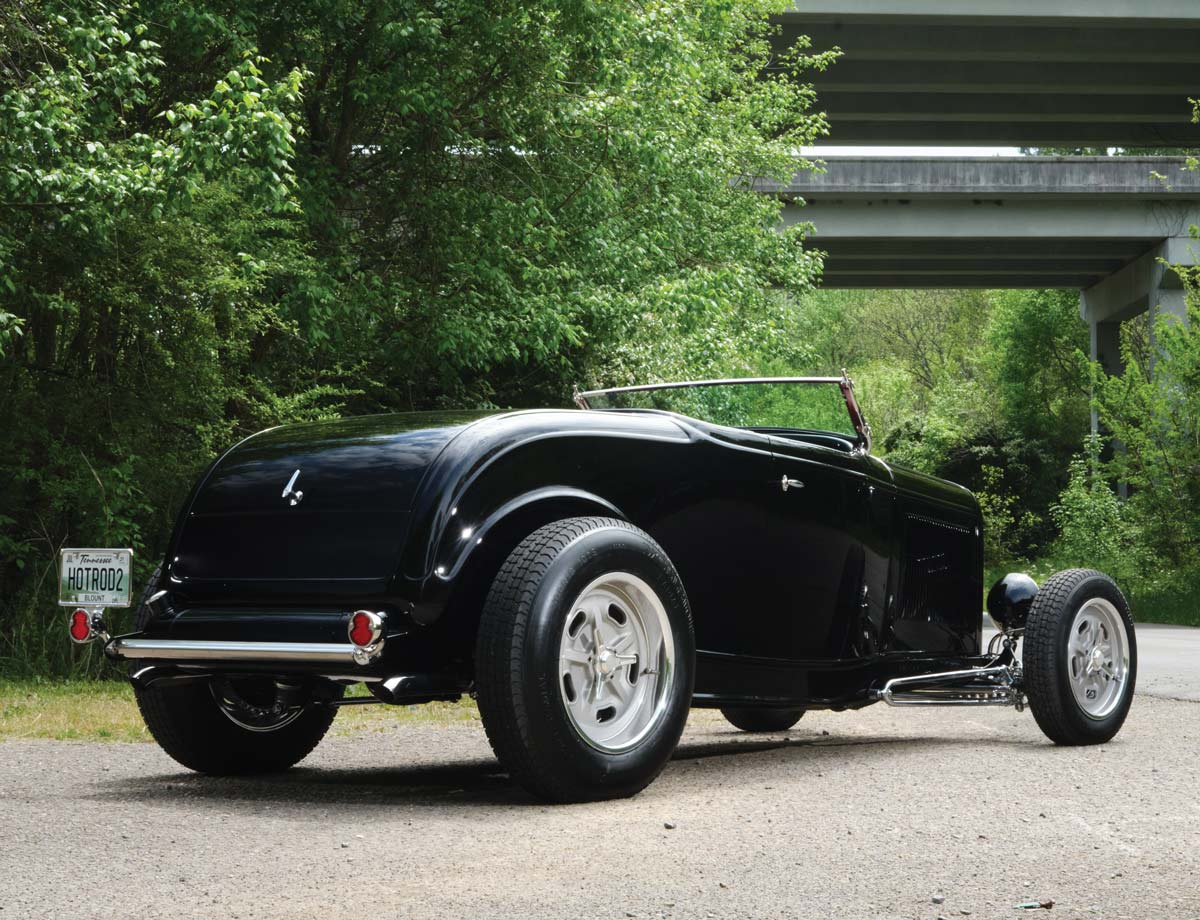
We’ve mentioned the Brookville body and it should be noted there are but a few changes. You might notice that the rear corners of the body are extended down some 2 inches to fill in around the edges of the Tanks 1932 reproduction gas tank. There’s also the use of an extreme laidback windshield from Rodwell’s Rodware. These beautifully shaped windshield posts with glass are the result of Dick Rodwell’s craftsmanship and years of design efforts by Stanley Wanlass. While technically the hood (a Rootlieb 25-louver) isn’t part of the body, it’s stretched 3 inches as is the frame (wheelbase), has a working cowl vent, and the grille shell (housing a Steve Long radiator and trimmed with a Jim Wrench grille insert) is chopped 2 inches. Why? When standing to the side of the roadster you realize that if the radiator and shell aren’t chopped the nose of the car would appear to be running “uphill” because of the wheel/tire rake. Now the highboy roadster has a very appealing stance and the proportions look proper. The headlights are 1933 Ford commercial lights while the taillights are Johnson’s Hot Rod Shop redesigned 1932 Ford taillight assemblies that are mounted directly to the rear spreader bar by AHRS.
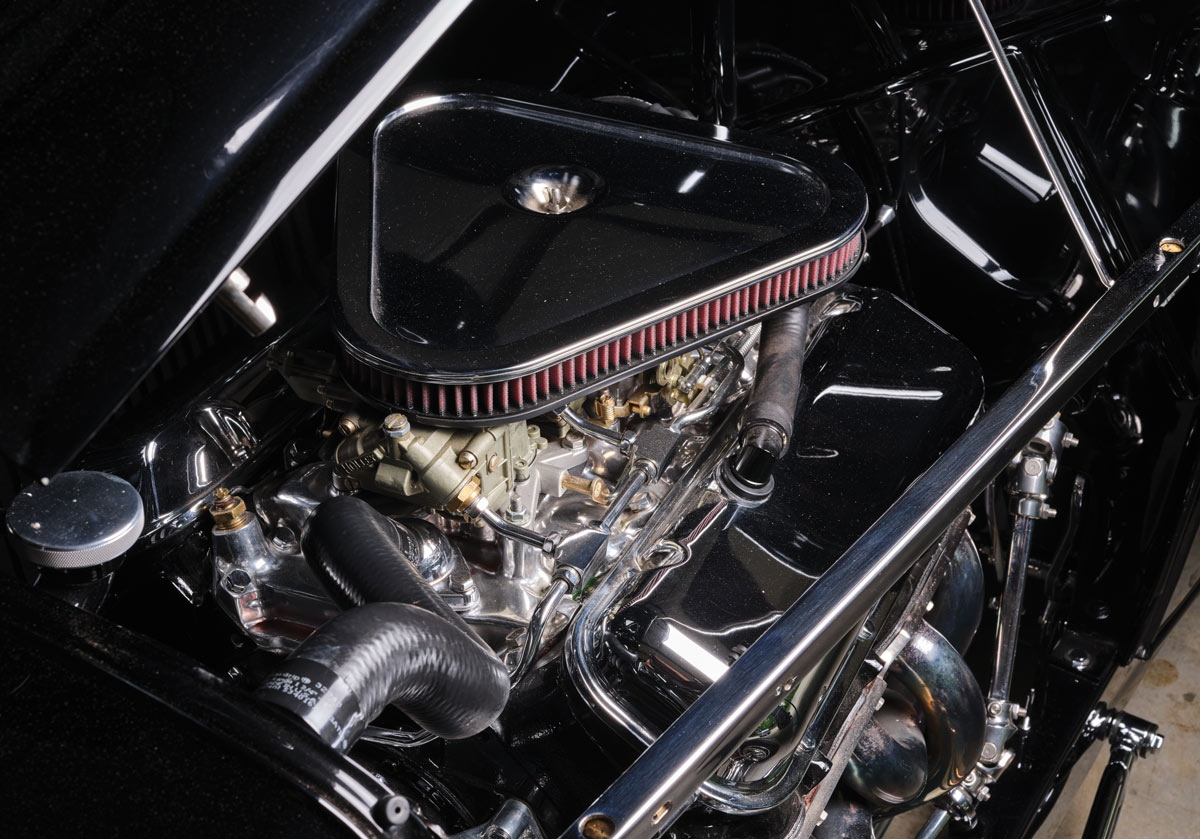
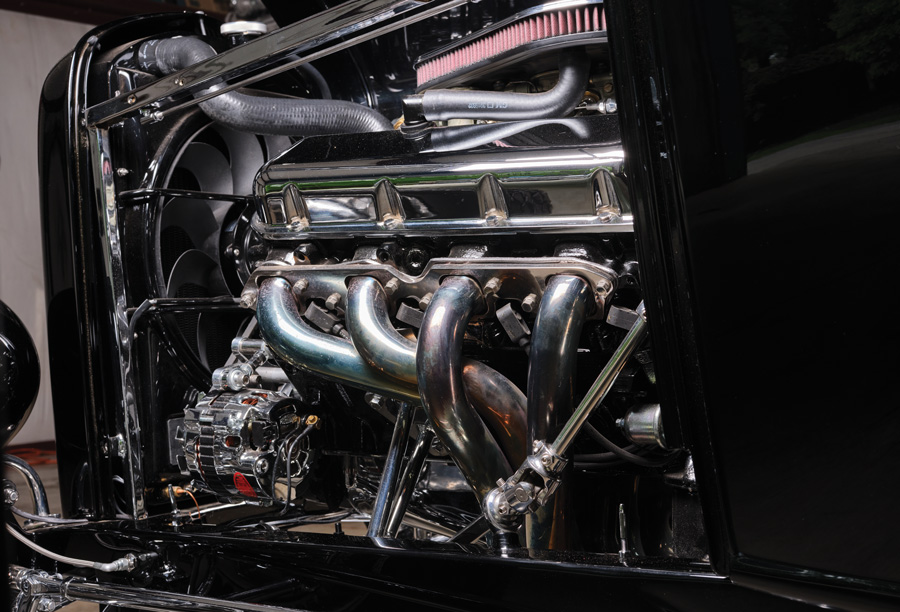
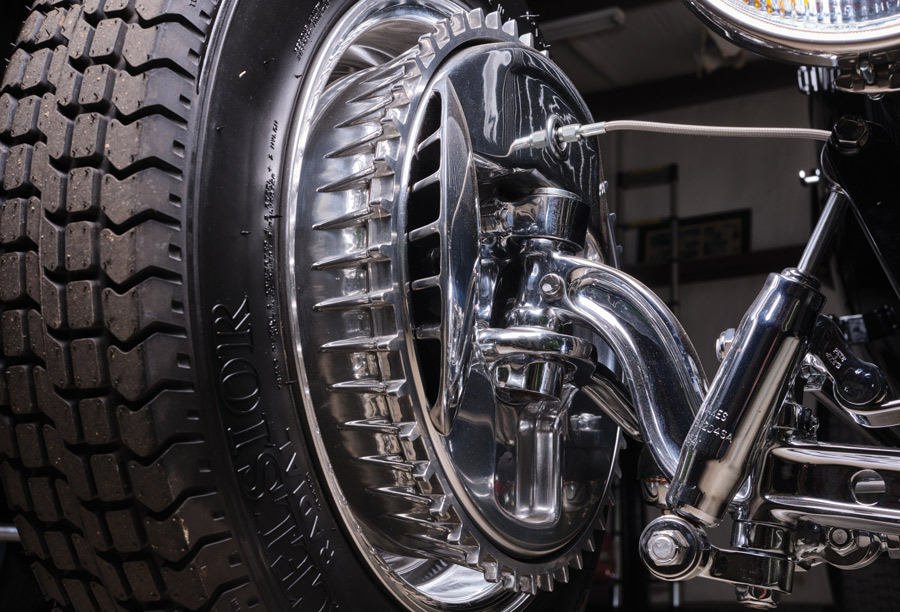

Under the stretched Rootlieb hood is a 427 Chevy representing an L71 vintage 1968 V-8 sporting 435 hp. The big-block shows off the proper lowrise intake manifold topped with Corvette Tri-power—a pair of Holley R3659A for the front and rear carb and a Holley R4055A for the center carb. Of course this big-block was reworked and now sports 550 hp. Look around and you will see Sanderson headers that run back to the Borla Pro XS mufflers through a stainless system fabricated by Barillaro Speed. Other goodies include a Powermaster alternator, Cooling Components electric fan, a polished factory water pump, and an MSD ignition system with Taylor wires.
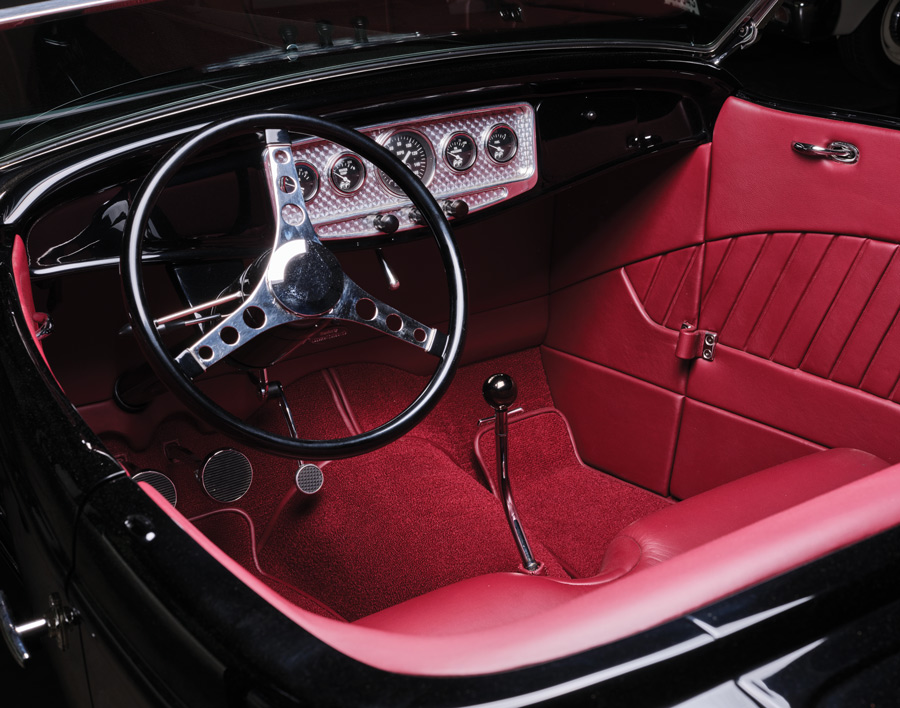


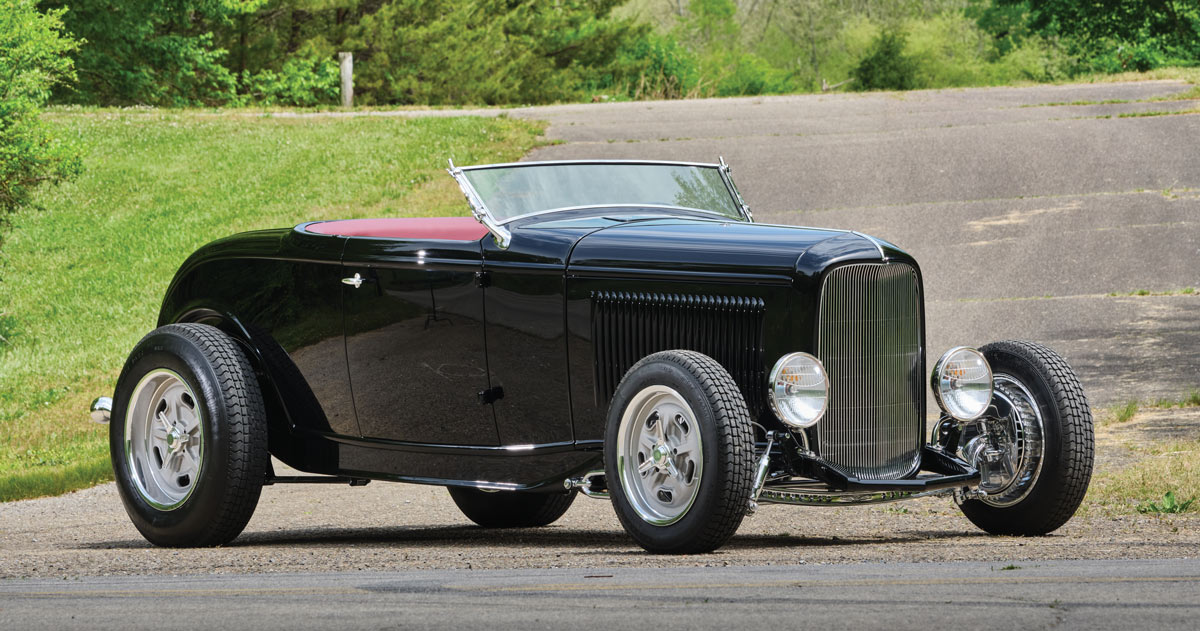
Well, there you have it. With some extra time and a closet full of hand-me-down parts look what one hot rodder built. Maybe you have the makings for your next project sitting on a back shelf.